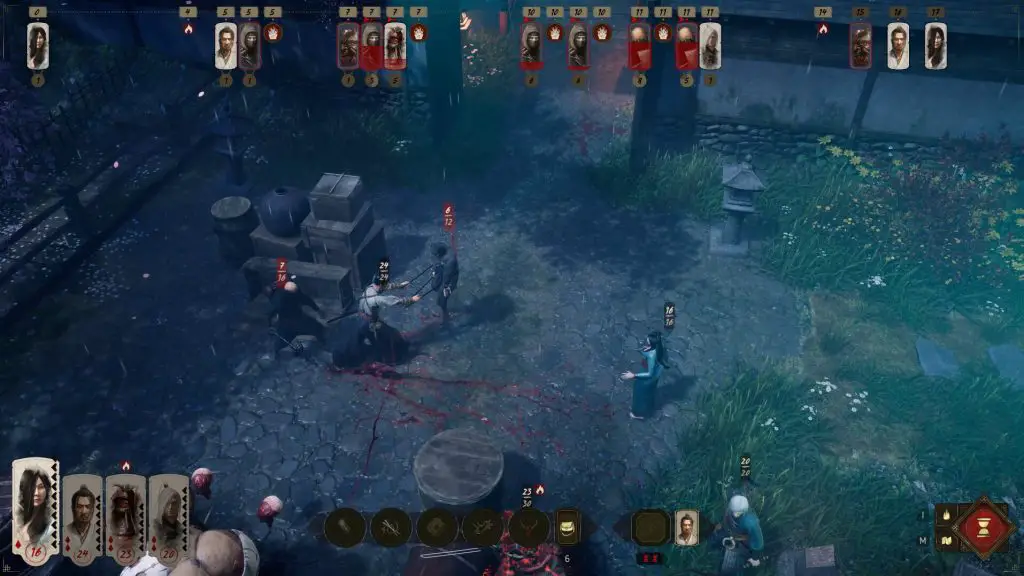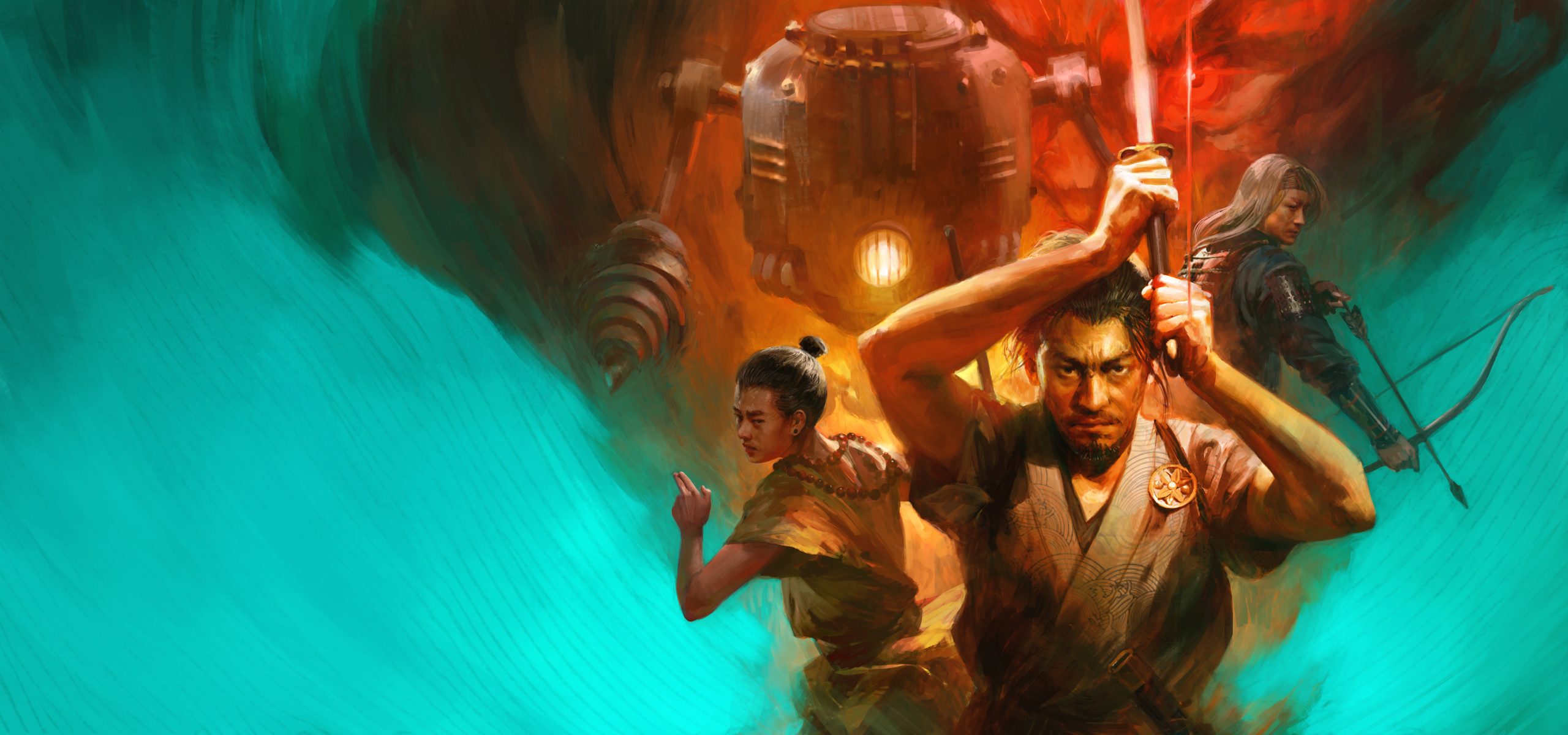After years in development limbo, Shadow of the Road—an intriguing title from Another Angle Games—has stepped back into the spotlight, thanks in large part to newly onboard publisher Owlcat Games. Their support has breathed new life into the project, leading to a playable alpha demo I had the chance to try out. Here are some key details on the game’s structure.
- The Story
- Gameplay Structure
- A Dynamic Combat System
- Visuals, Atmosphere, and First Impressions
- Video Preview
Feudal Japan Meets Magic and Steampunk Machines
Shadow of the Road is a turn-based tactical RPG set in an alternate version of Feudal Japan, where historical and cultural elements blend seamlessly with legends, spirits, and surprisingly cohesive steampunk technology.

Set during a violent civil war, the narrative centers on the clash between the traditionalist, conservative Shōgun forces and the progressive Emperor Mutsuhito, who is introducing cutting-edge tech into the realm. You’ll follow the story of Akira and Satoru, two samurai forced to flee the battlefield. Now branded as ronin and stripped of their honor, they embark on a journey filled with choices, redemption, and the struggle to reclaim what they’ve lost.
Gameplay Structure
Gameplay alternates between point-and-click exploration segments and tactical battles. Each scenario unfolds as a chapter, where players interact with objects, tackle side quests, make impactful decisions, and engage in combat.
Character progression doesn’t rely on traditional experience points. Instead, you’ll earn skill points at key story moments or by completing side quests. These points can be invested in a skill tree that unlocks new abilities or enhances existing ones. There’s also a Perks tab, involving points dedicated to Body, Mind, and Spirit, though it remained inaccessible in the demo.

Characters don’t have a complex web of stats—instead, everything is streamlined and limited to the following:
- Health Points (HP) – The character’s life pool. When it hits zero, they’re out of combat.
- Movement Points (MP) – Determines how far a character can move during their turn.
- Action Points (AP) – Used to perform actions like attacks, skills, or item usage within a turn.
- Turn Interval – Governs turn order. The lower this value is, the sooner the character’s turn will come around again.
When it comes to gear, each character has slots for equipping consumable items—mostly potions that restore either health or action points, based on what we saw in the demo. There are also weapon slots that may be related to accessories, although the demo didn’t get us a chance to explore them either.
One standout feature is the narrative choice system. Every decision made during dialogue affects character relationships and can alter the path of the story. Many choices are time-sensitive, forcing players to decide quickly. For example, in my run, Satoru’s dialogue options shifted between a noble, honorable Samurai path and a more rebellious, anger-driven Ronin route. It’ll be interesting to see how these branching decisions influence the storyline and relationships with other characters.
A Dynamic Combat System
At the heart of the gameplay is a turn-based combat system built around a dynamic timeline. Each character has a stat that determines how frequently they can act, and abilities can manipulate this timeline—opening up a wide range of strategic possibilities.
Some powerful moves come with unique cooldown mechanics. Rather than relying solely on a fixed number of turns, these abilities may require specific conditions to be met—for example, eliminating two enemies before they can be used again. Environmental factors also come into play. In rain-soaked battles, for instance, soaked characters become more vulnerable to electric attacks (though the demo didn’t fully showcase this effect) and more resistant to fire-based damage.

Certain high-impact attacks take multiple time units to charge, leaving the character vulnerable while preparing them. This applies to both your party and enemy units—meaning interrupting an enemy’s charge-up not only cancels the attack but also rewards you with an extra action point for that turn.
Each character operates with a set number of movements and action points, and you’re free to use them in any order during a turn. The demo also teases an engaging boss battle—but I’ll leave that for you to discover.
Visuals, Atmosphere, and First Impressions
Visually, Shadow of the Road boasts a compelling artistic direction, though it’s still rough around the edges—a natural state given its early access phase. Environments are evocative but not yet fully polished. In contrast, the animated cutscenes between chapters are already quite impressive.
On the audio side, the game holds up well: the soundtrack immerses you in the setting with well-balanced cultural influences. Dialogue is rich with references to Feudal Japan, maintaining a tone that feels both respectful and approachable.
Shadow of the Road shows real promise for fans of tactical RPGs: a unique atmosphere, a deep combat system, and a branching narrative that promises to encourage multiple playthroughs.
There’s still polish needed—especially in visual presentation—and it remains to be seen how much freedom the final version will truly offer. But the potential is absolutely there. The alpha demo for Shadow of the Road is available now on Steam, and you can request access directly from the game’s official page.
Below you can find my video preview so you can see the game in action.







